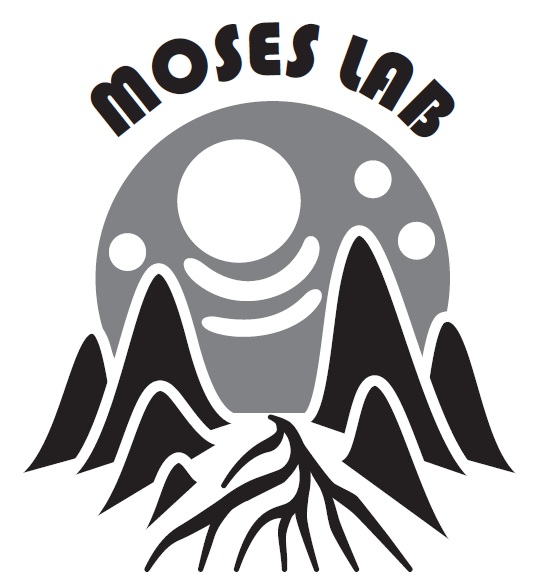Like us, bees are social animals. Like us, bees need to communicate. But, unlike us, who love posting photos of what we had for lunch, dancing seems to be the major way bees communicate about food.
And amazingly, in this paper (Barron et al 2009), the authors show evidence that honey bee dances are increased by low doses of cocaine:
“Forager honey bees perform symbolic dances to advertise the location and value of floral resources to their nest mates. Treatment with a low dose of cocaine increased the likelihood and rate of bees dancing after foraging”
Sharing information about good food (“floral resources” in the quote above) is probably affected by cocaine because it’s pleasurable to the bees. According to the authors, in both bees and humans “biogenic amine neuromodulator systems disrupted by cocaine perform similar roles as modulators of reward.” I can certainly relate to this “reward”– I love telling people about all the sandwiches that I’ve tried recently. Get good ones here and here.
Gene Robinson argues (e.g., here and here) that evolutionary transitions from solitary to social lifestyles might be accompanied by “I” to “we” transitions: what was pleasurable in a solitary species for the individual (eating) becomes in the social animals a fun topic of conversation (telling others about good places to eat).
I was excited to read in this week’s New Yorker that in a new book (The Circle) by Dave Eggers, social media is compared to salty, fatty snack foods:
“You’re not hungry, you don’t need the food … but you keep eating. Endless empty calories, but the digital-social equivalent… calibrate[d] … so it’s equally addictive”
People feel addicted to unhealthy snack foods because they are so pleasurable to eat. But we know that these foods aren’t “good” for us, even though they somehow manage to hijack the reward systems that are supposed to make sure we get enough nutrition. As the popularity of the new technologies (like facebook and SMSs) has increased, people complain that they feel “addicted” to the constant stream of useless information. In some ways the incessant “connectedness” we seek is reminiscent of other addictive behaviours: we feel compelled to communicate (respond to messages and make posts) using these technologies, but after a momentary pleasure we end up feeling “empty” and more alone than before (see Sherry Turkle’s book).
I’m intrigued by the idea that the addictive “empty communication” going on using the new technology is some kind of hijacking of the natural reward systems that are supposed to be encouraging us to communicate useful information to our group.
The empty solitary pleasure we feel after eating a Big Mac might be analogous to the empty social pleasure we feel when posting a photo of it.


Great post! So many things are able to hijack the reward pathways, and humans specifically seem to be such easy targets (probably for a bunch of reasons). How often does this happen to other animals in their natural environments? (i.e. assuming they don’t come across any carefully calculated doses of cocaine).